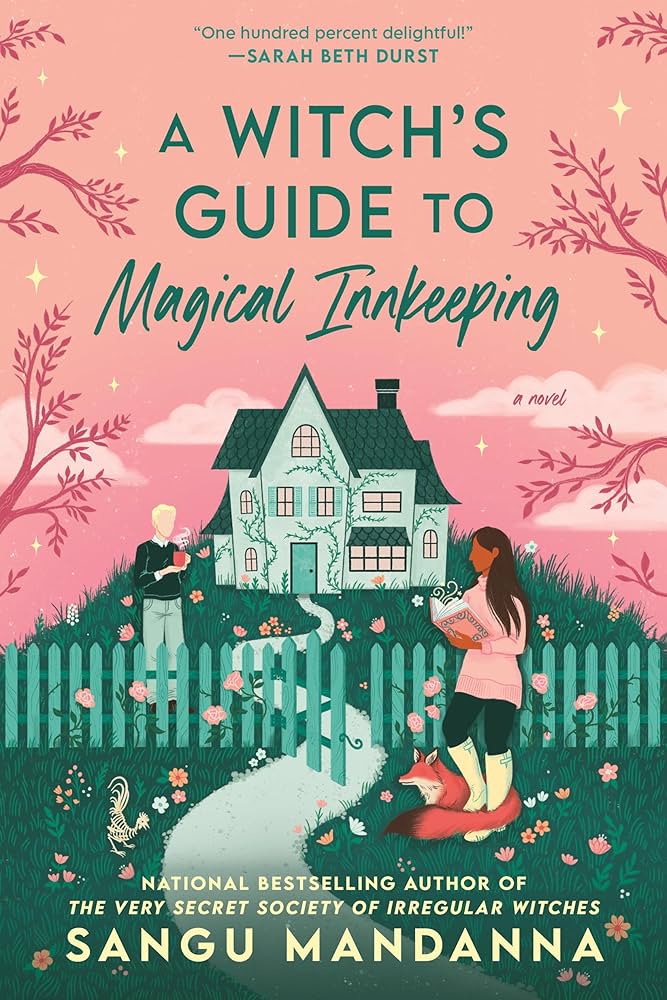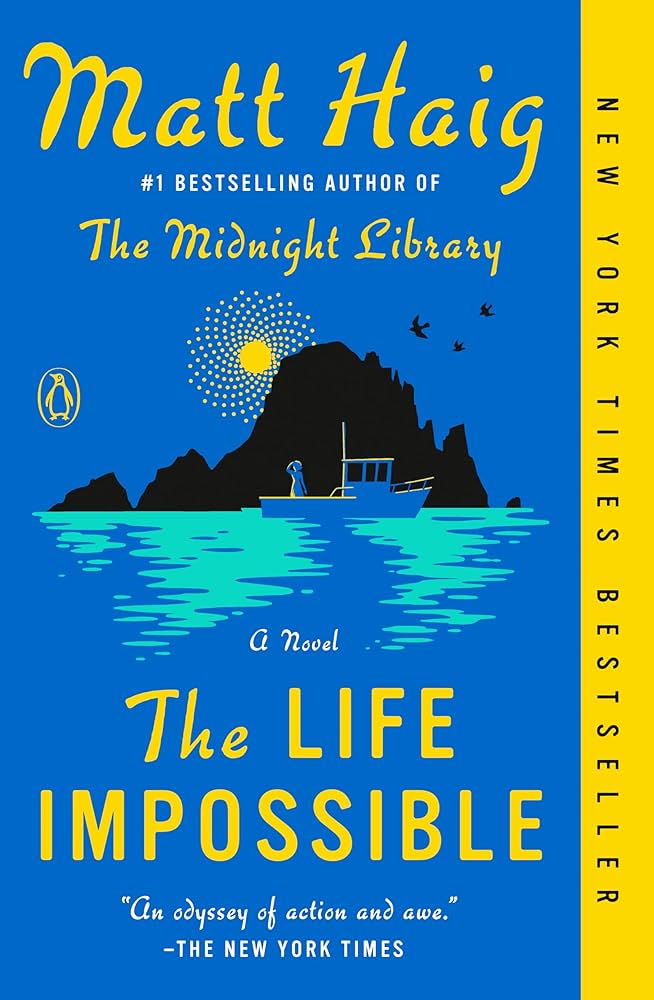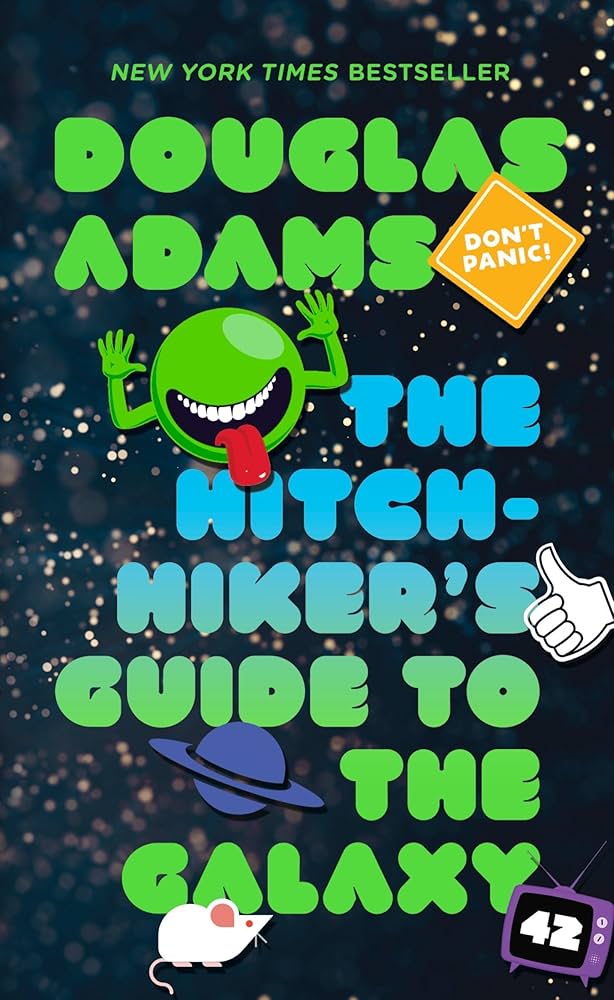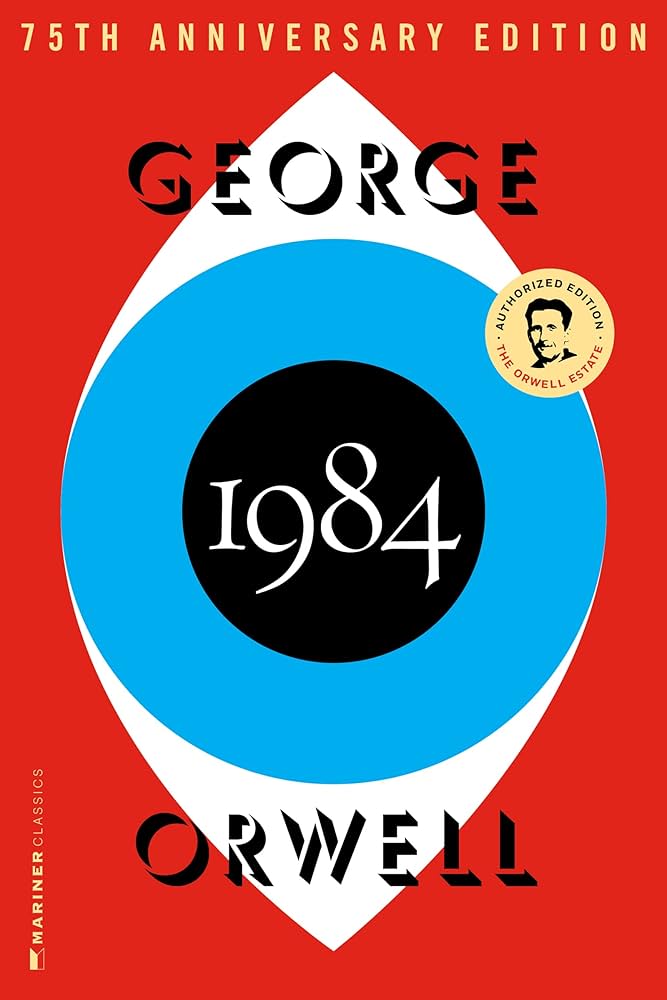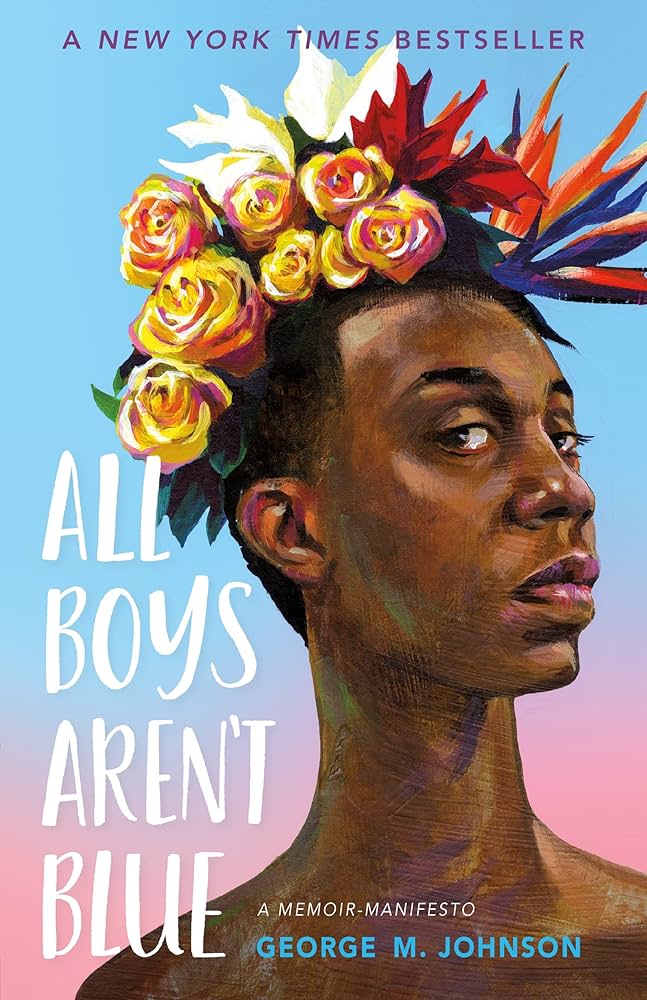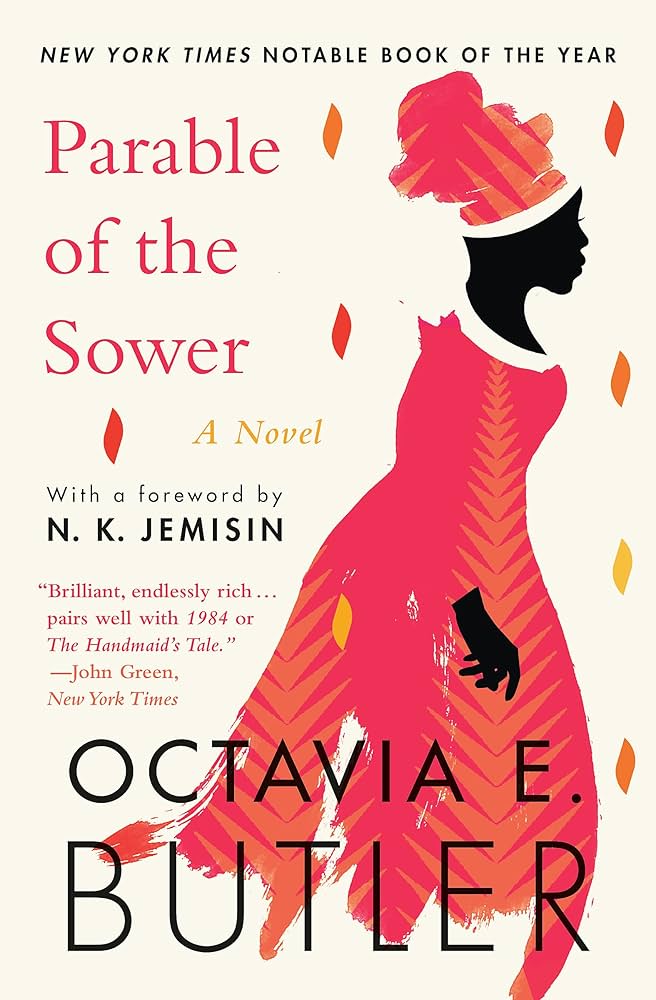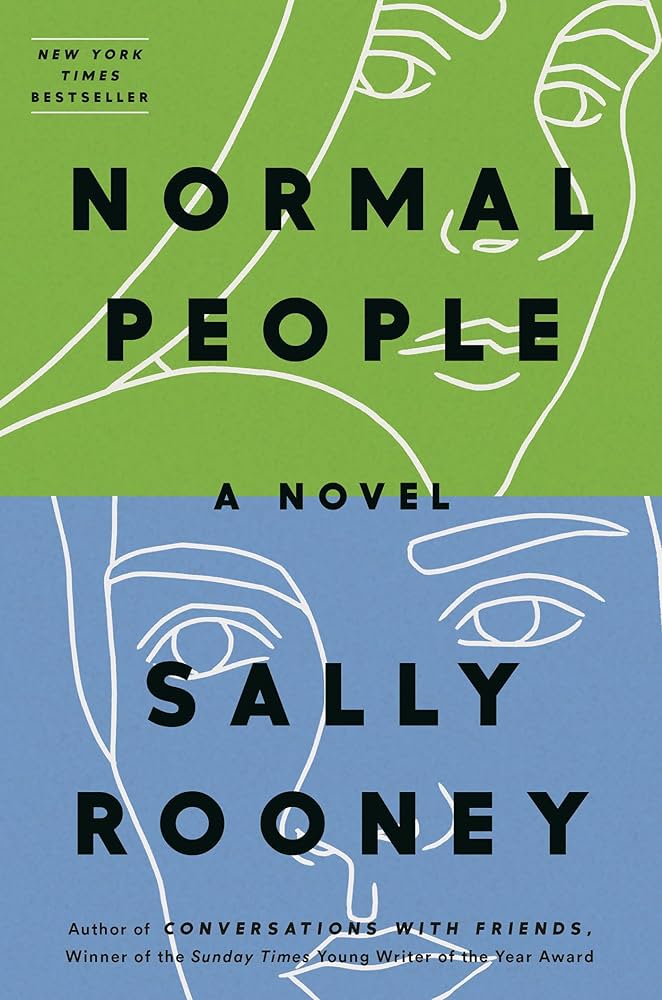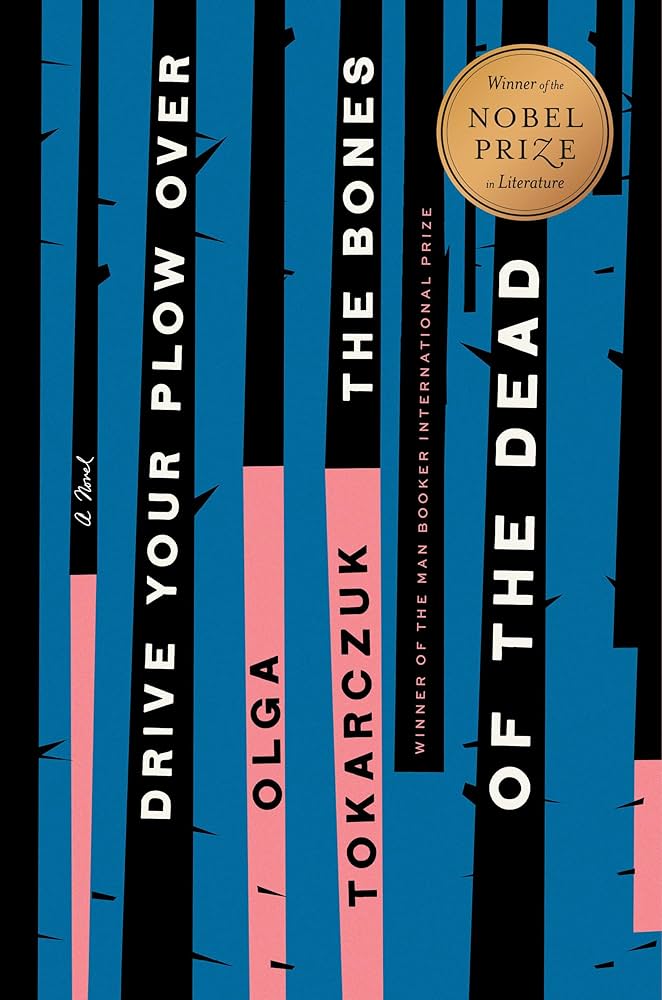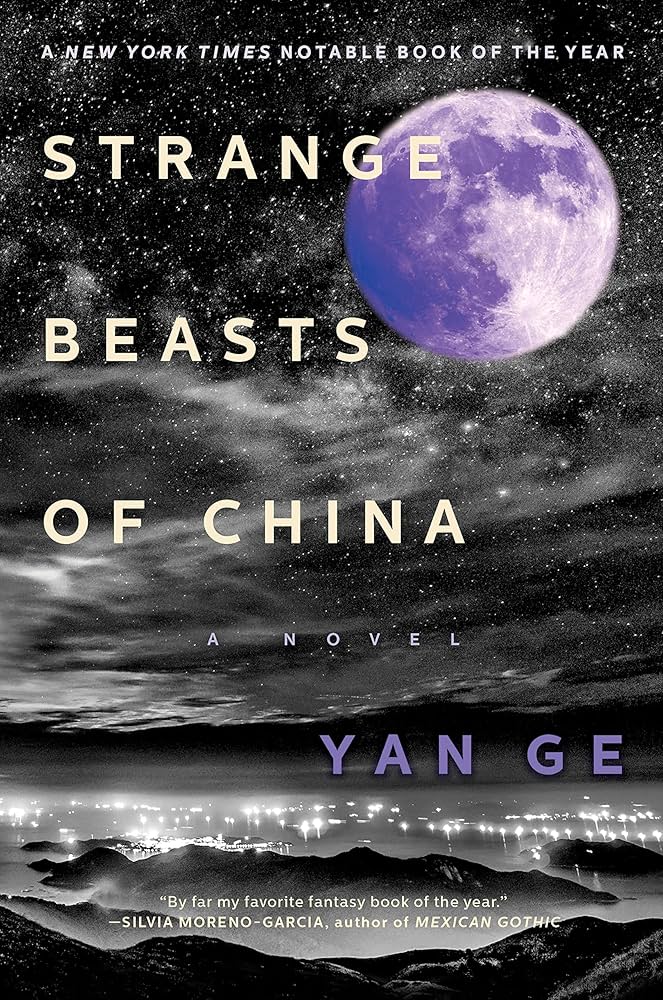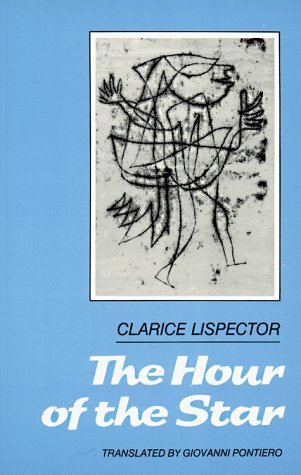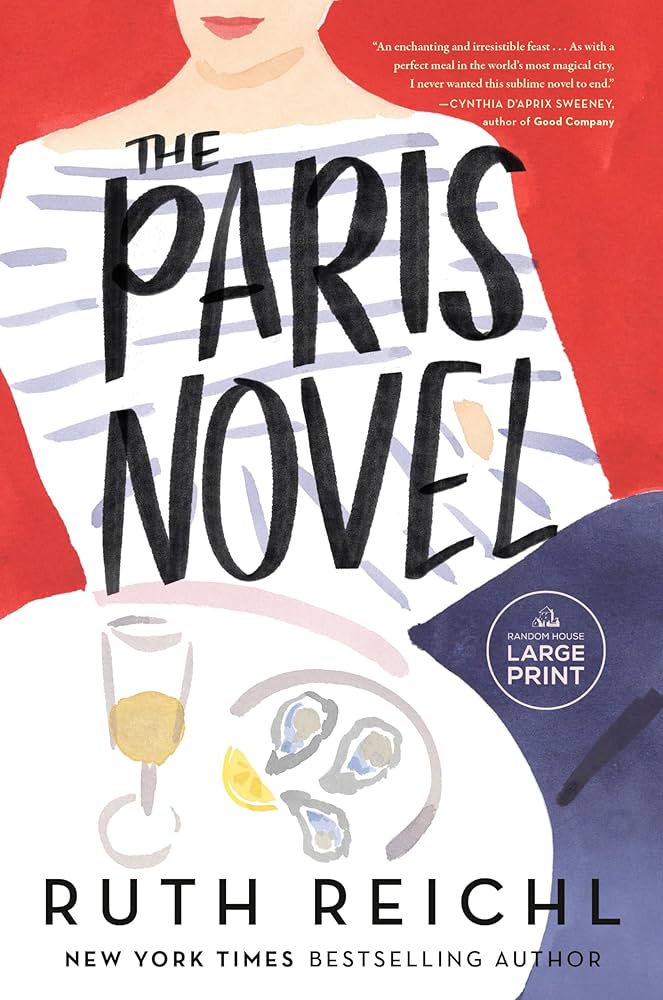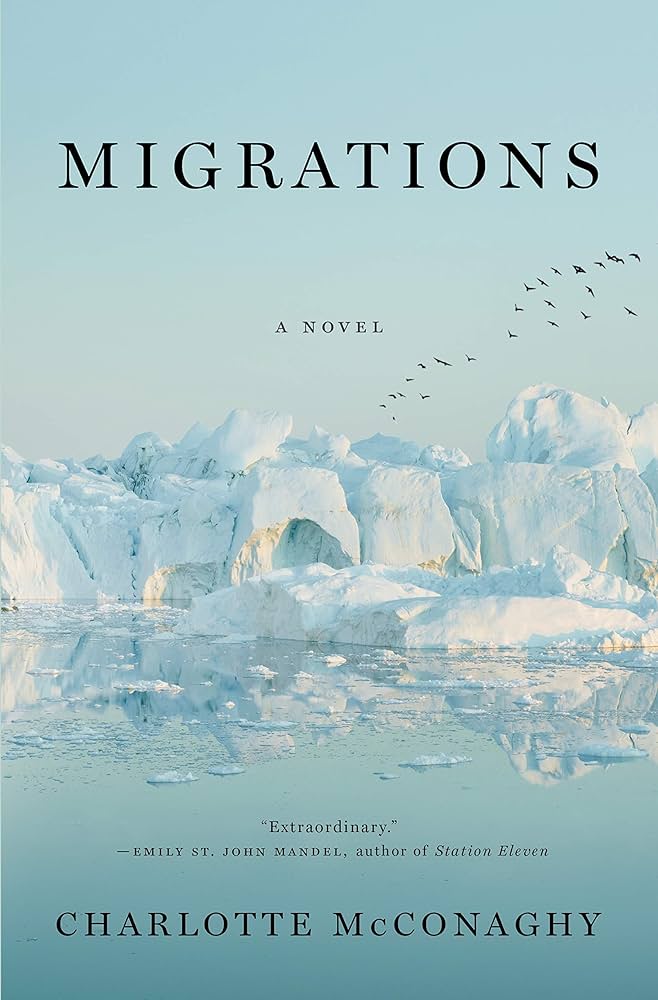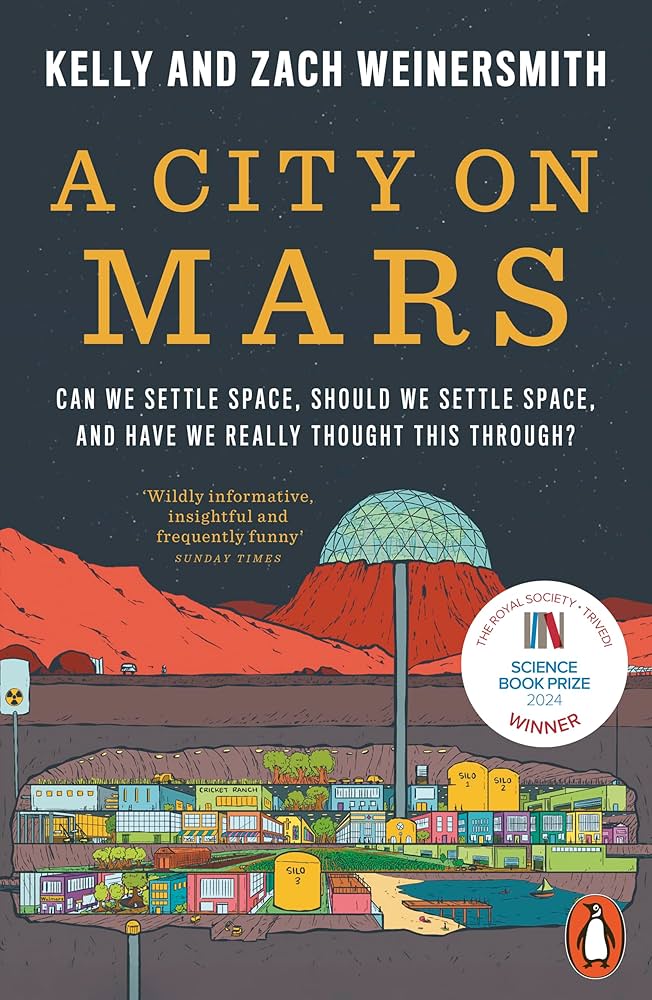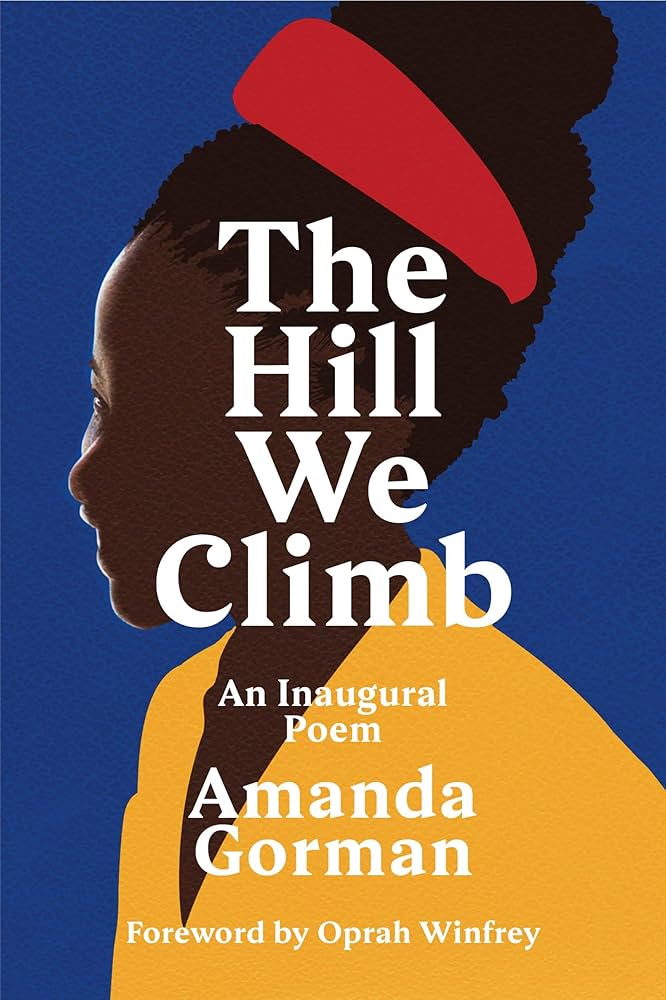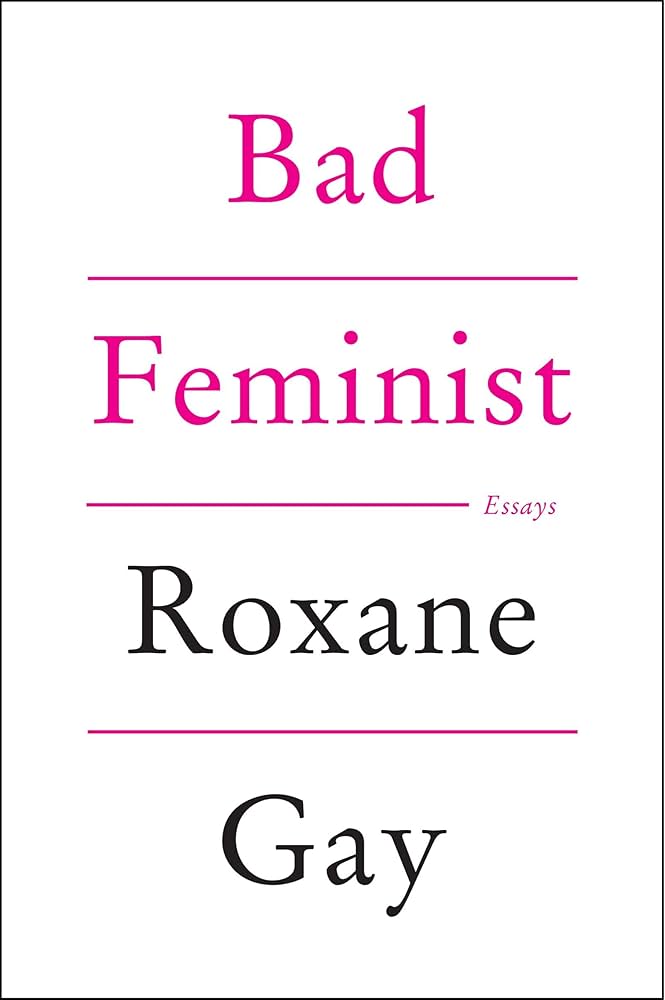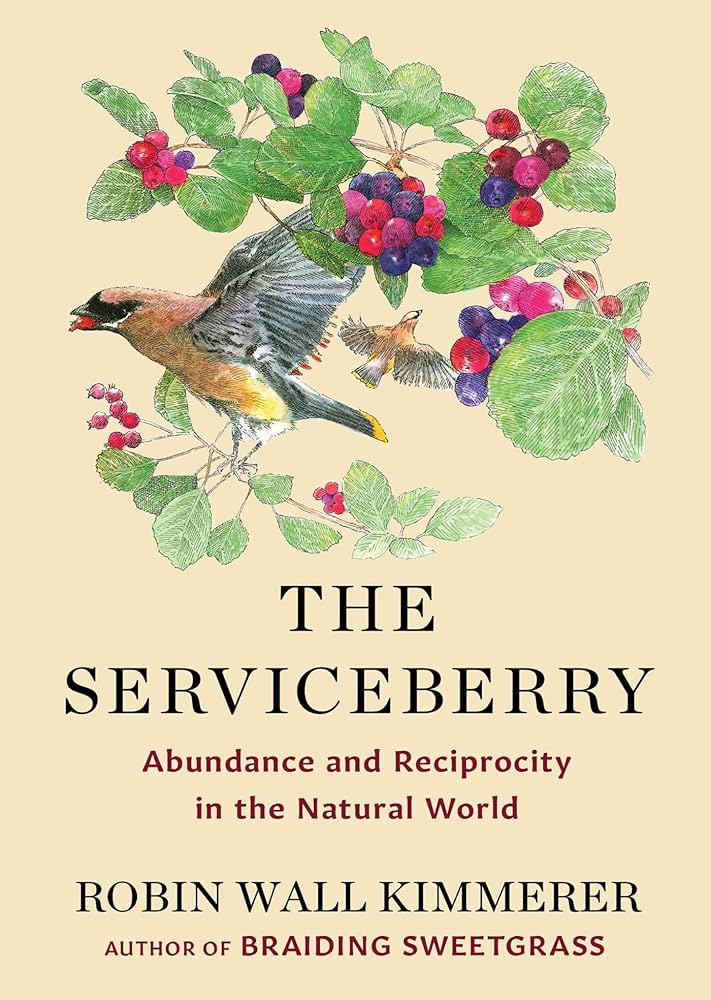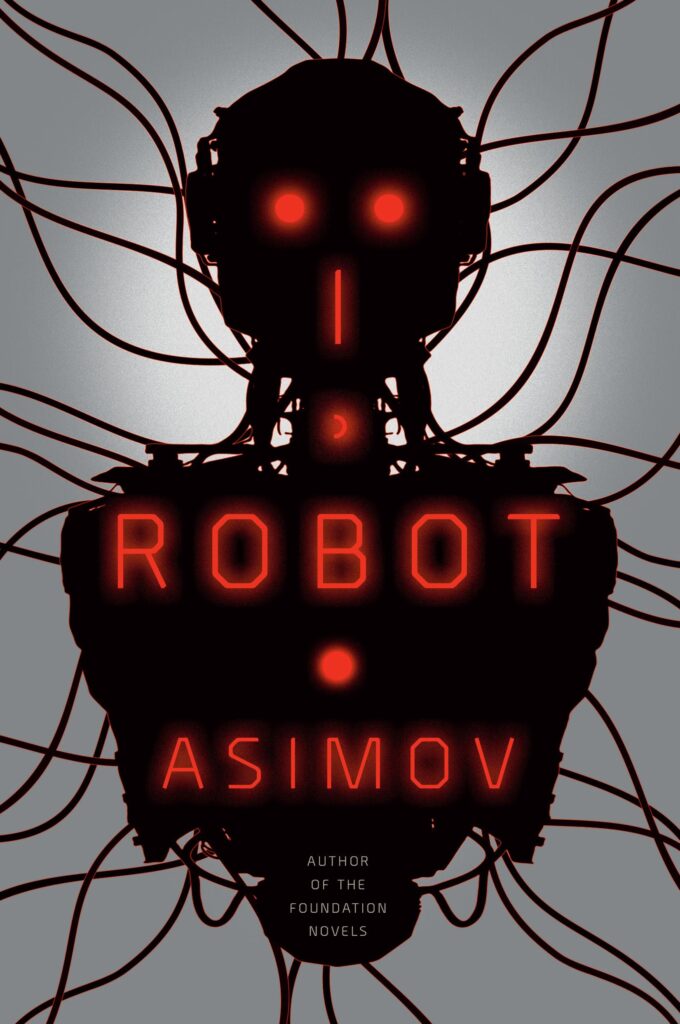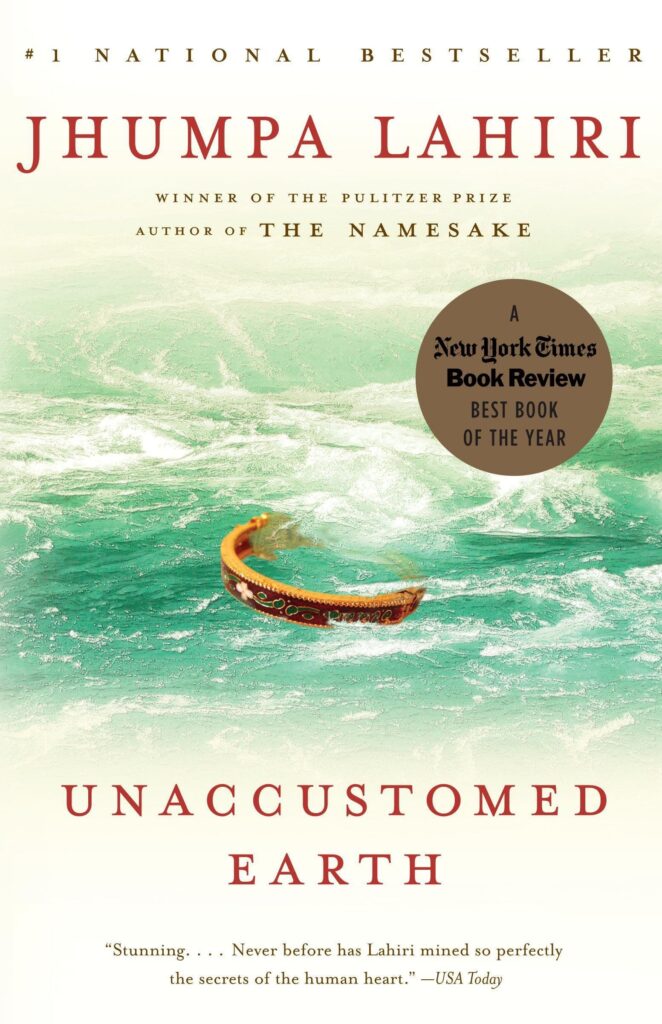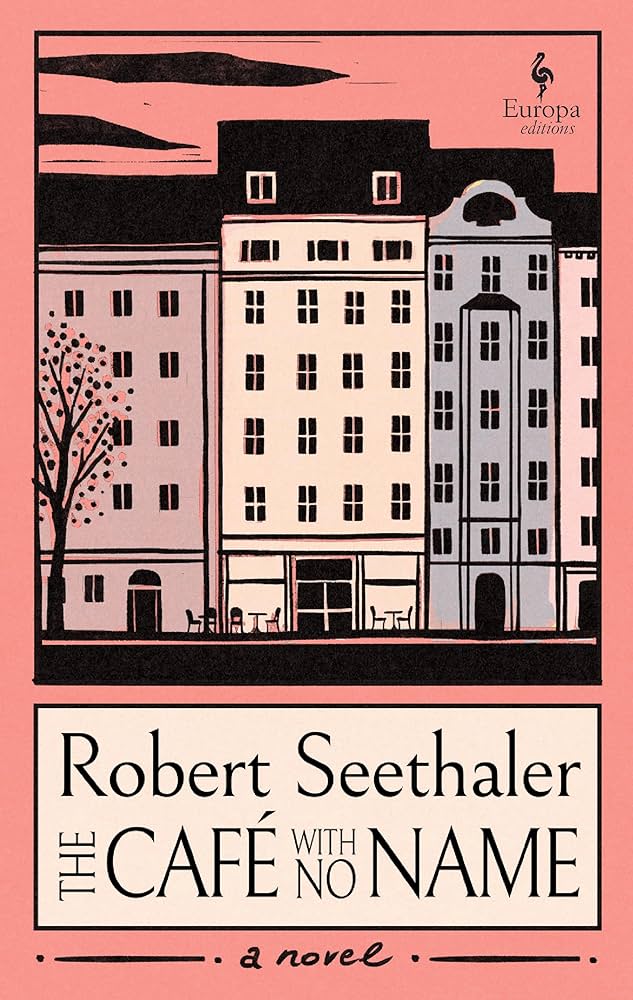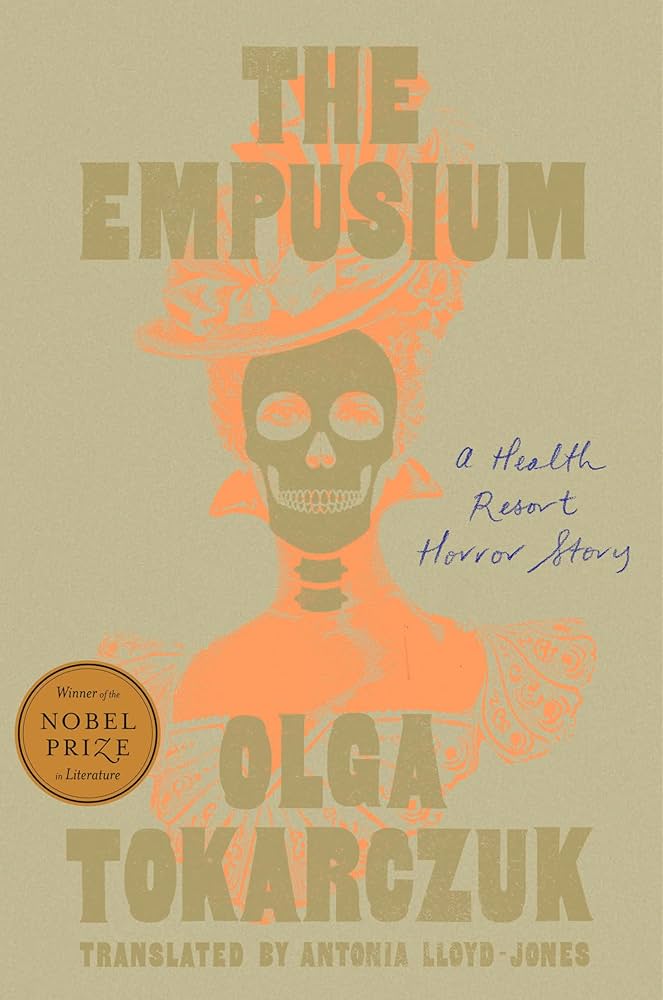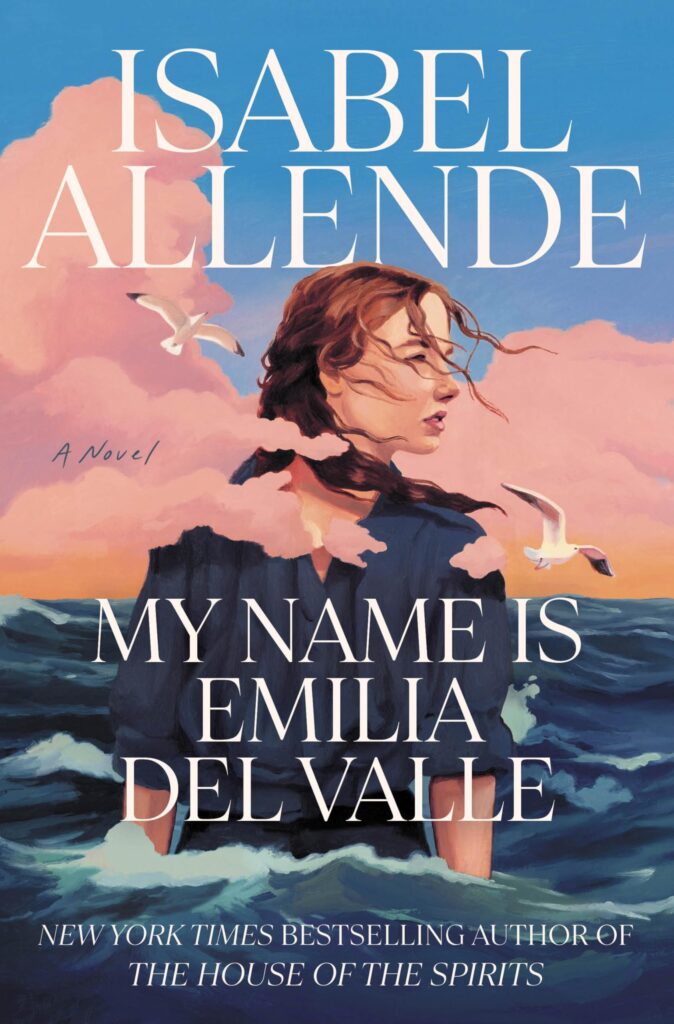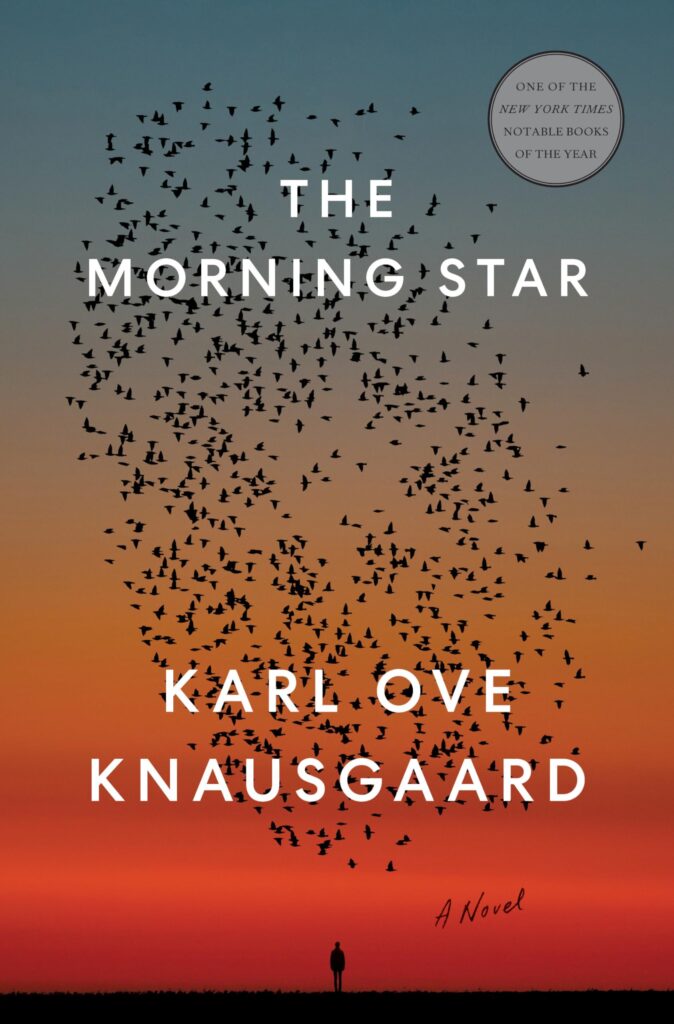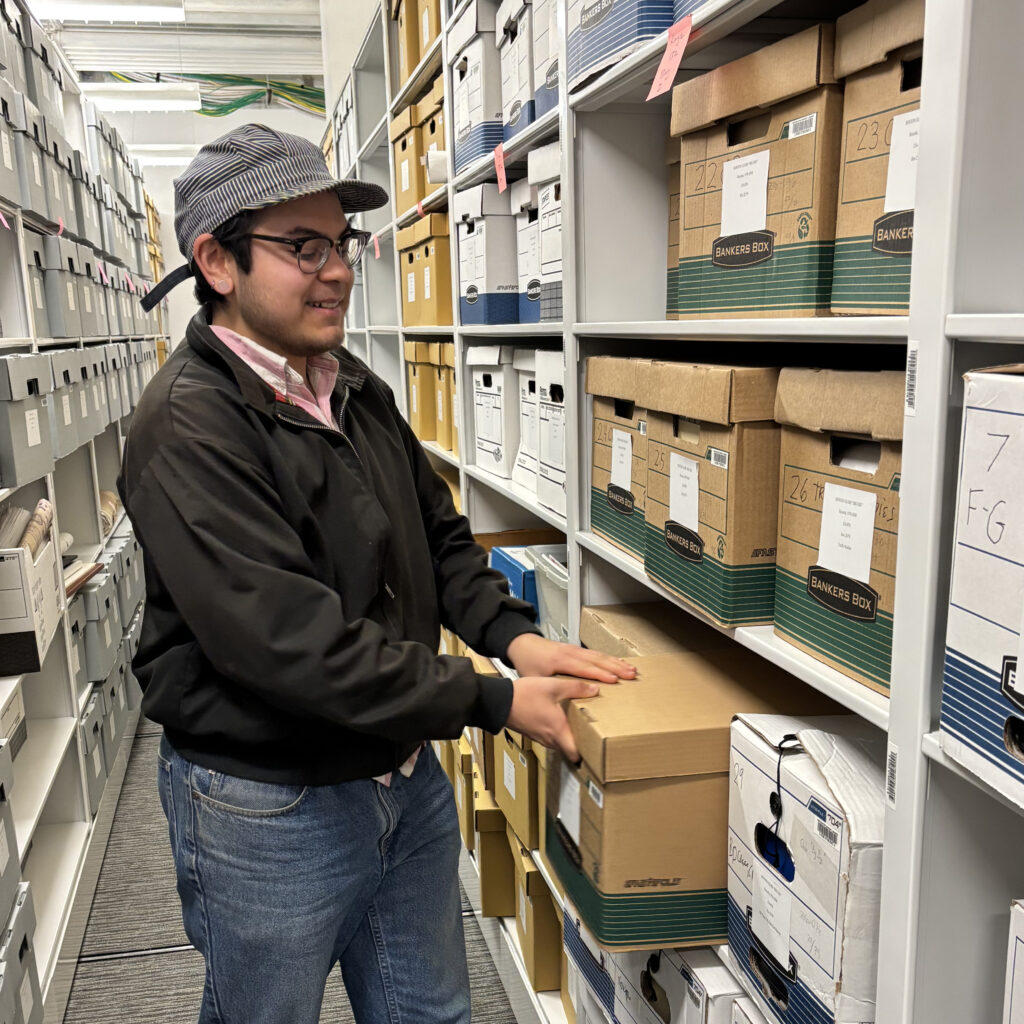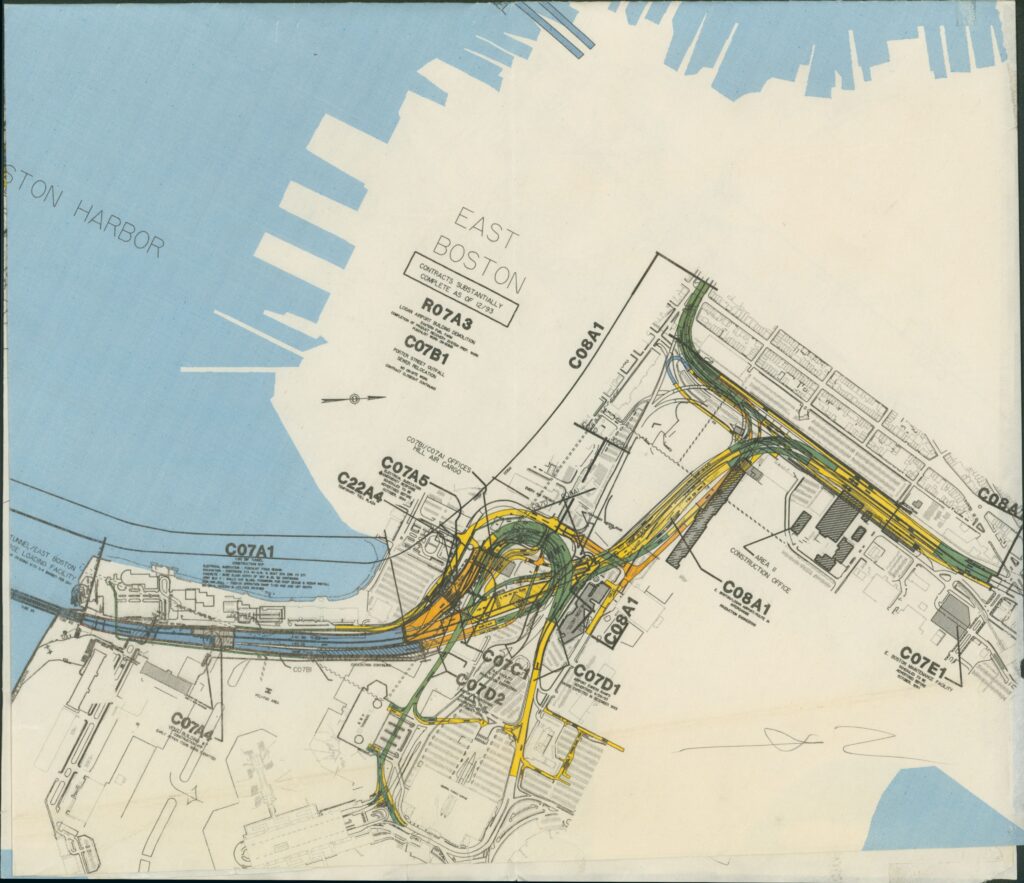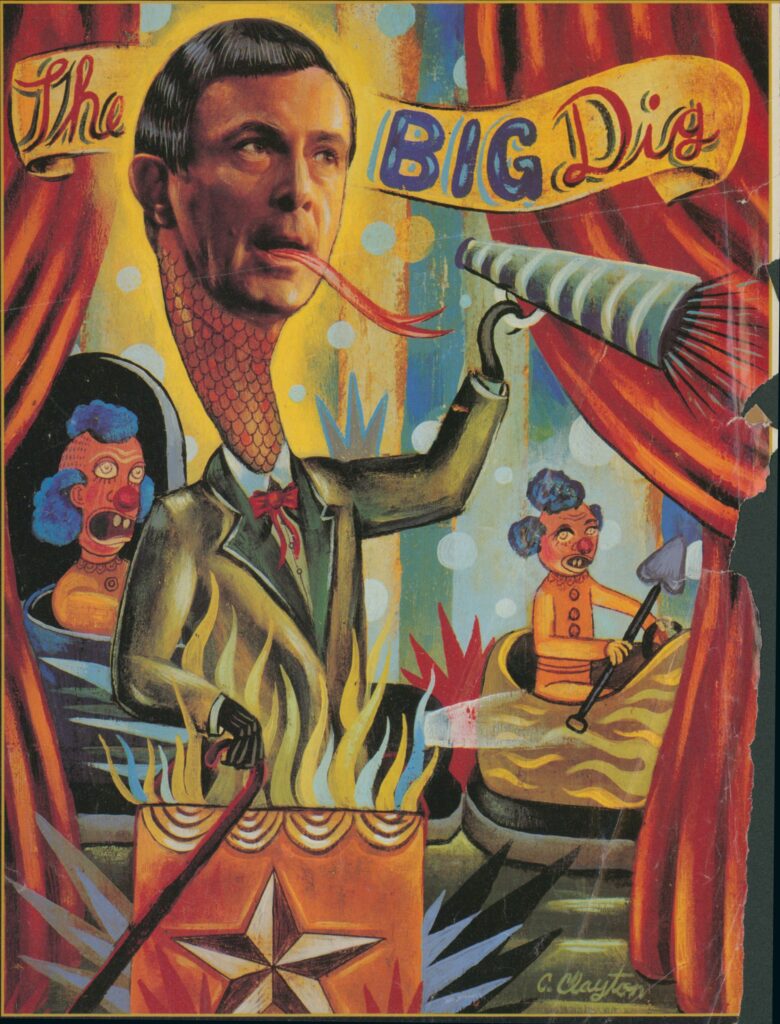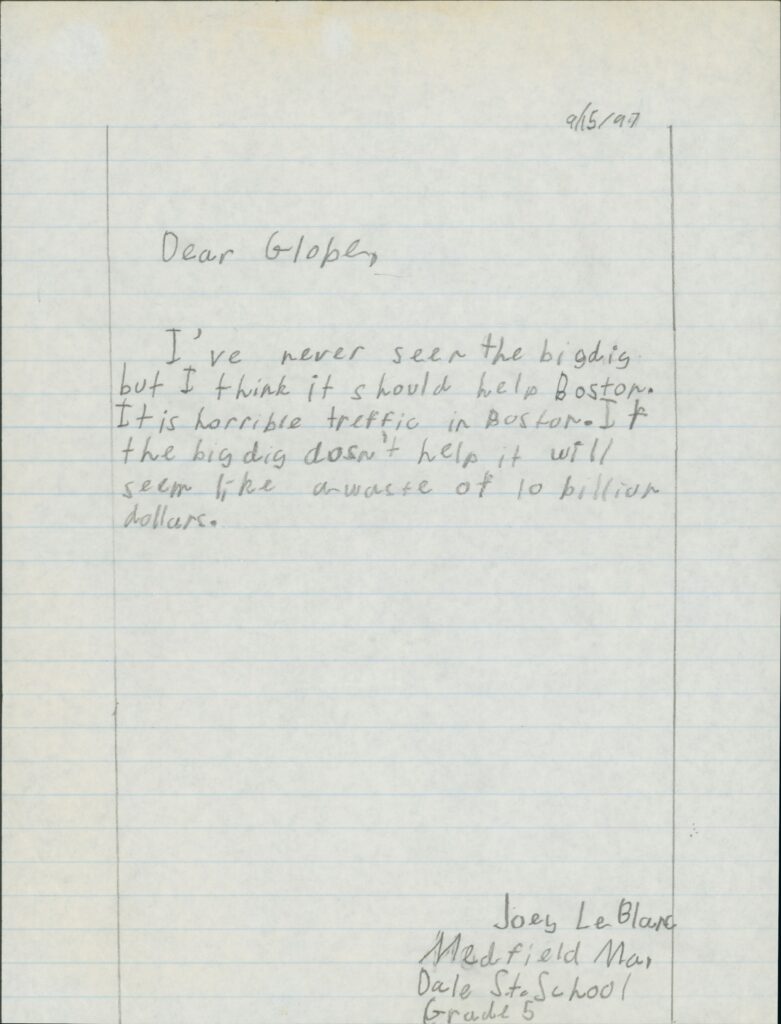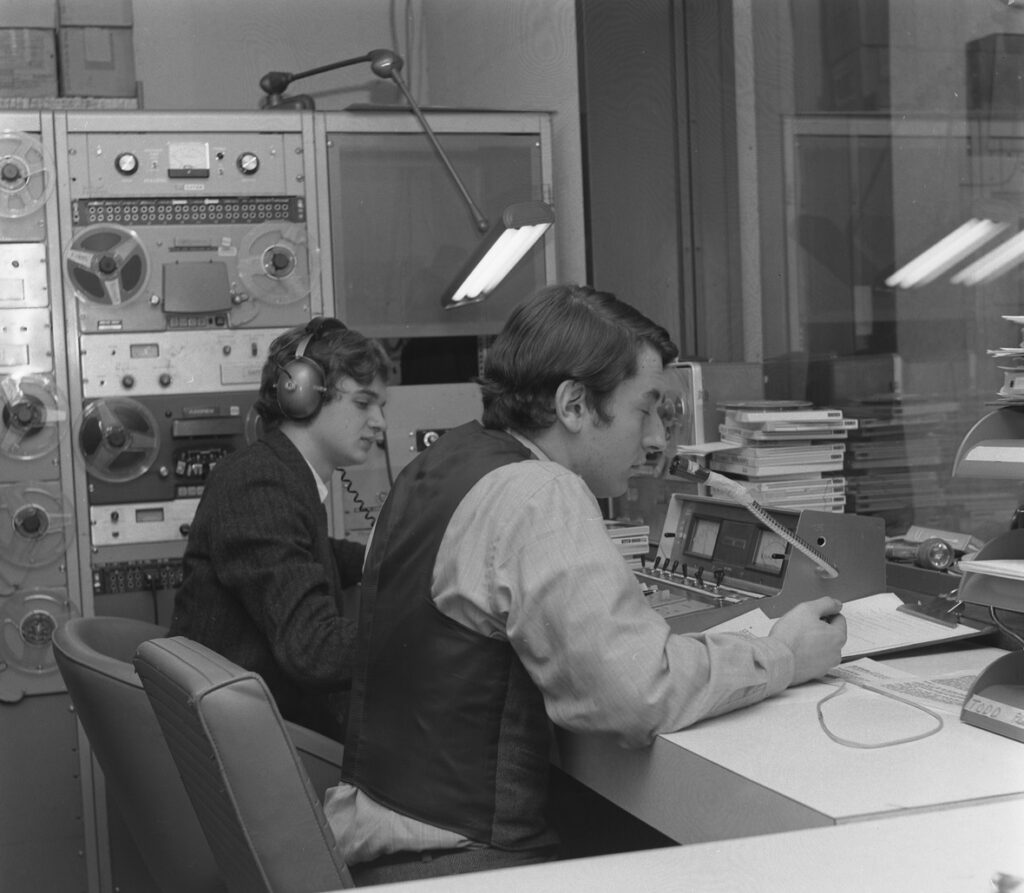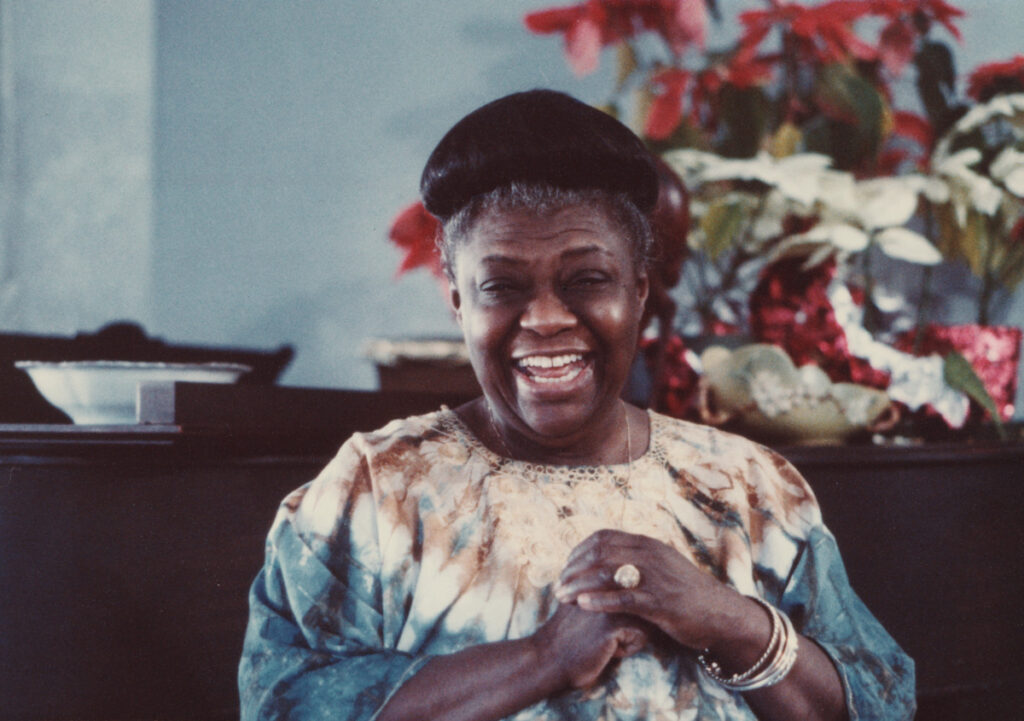Happy fall semester, and congratulations to everyone who participated in the August Reading Challenge! Our August winner is Yeeun Han, who won a Northeastern water bottle. To be eligible for the prize drawing, make sure to read a book that fits that month’s theme and then tell us about it.
In August, we challenged you to read a book translated from another language. Here are a few of the books you read. (Comments may have been edited for length or clarity.)
What You Read in August
Heart Lamp, Banu Mushtaq (translated by Deepa Bhasthi)
Read the e-book
“Heart Lamp is a soulful collection of short stories shining light on the lives, struggles, and quiet resilience of Muslim women in southern India. Translated beautifully by Deepa Bhasthi, it blends humor, emotion, and cultural depth, making everyday moments feel both intimate and powerful.” — Abighna
Drive Your Plow Over the Bones of the Dead, Olga Tokarczuk (translated by Antonia Lloyd-Jones)
Find it at Snell Library | Find it at F.W. Olin Library | Read the e-book
“This book, first published in Polish, is the book I selected for my book club to read this month. I was drawn to the book because of the description of the eccentric recluse who is our narrator. It is set during the dark winter days in a remote location in Poland near the border of the Czech Republic. The characters are interesting, and it hooked me right away. It is unlike any book I’ve ever read. I’m not sure what my book club will say, but I enjoyed reading it.” — Meegan
Strange Beasts of China, Yan Ge (translated by Jeremy Tiang)
Find it at Snell Library | Find it at F.W. Olin Library
“Honestly, I picked this book because the cover looked cool, but it turned out to be way better than I expected. I thought it would just be a fun story about mythical creatures, but it’s actually about people, emotions, and the blurry line between what’s real and what’s not. Each chapter pulled me in more. The writing felt simple, but also really deep, and even though it left me with a lot of questions, that’s what made it so memorable.” — Harshith
The Hour of the Star, Clarice Lispector (translated by Giovanni Pontiero and Benjamin Moser)
Find it at Snell Library | Find it at F.W. Olin Library
“Hour of the Star is a brief yet powerful exploration of poverty, invisibility, and the act of storytelling itself, framed through the self-conscious narrator Rodrigo S.M. The story of Macabéa, an unremarkable typist in Rio, becomes a moving reflection on the value of overlooked lives and the uncomfortable dynamics between narrator, subject, and reader.” — Sandy
Suggested Reads for September
Your September challenge is to read a book about somewhere you’d like to travel. Check out our recommended e-book and audiobook titles in Libby, or stop by the Snell Library lobby from 1 – 3 p.m. on Wednesday, September 17, and Thursday, September 18, to browse print books and pick up Reading Challenge swag!
The House of Last Resort, Christopher Golden
Read the e-book
In rural Italy, the beautiful, crumbling hilltop town of Becchina is half empty, nearly abandoned by those who migrate to the coast or to cities. To rebuild, its mayor sells abandoned homes to anyone in the world for a single Euro, as long as the buyer promises to live there for at least five years. For American couple Tommy and Kate Puglisi, it feels like a romantic adventure. But from the moment they move in, they both feel a shadow has fallen. The place makes strange noises at night, locked doors are suddenly open, and Kate and Tommy are certain people are whispering about their house, which one neighbor refers to as The House of Last Resort. Meanwhile, down in the catacombs beneath Becchina…something stirs.
The Paris Novel, Ruth Reichl
Listen to the audiobook
When her estranged mother dies, Stella is left with an unusual inheritance: a one-way plane ticket and a note reading “Go to Paris.” Alone in a foreign city, Stella stumbles across a vintage store, where she tries on a fabulous Dior dress. The shopkeeper insists that the dress was meant for Stella and for the first time in her life, Stella does something impulsive. She buys the dress—and embarks on an adventure. A feast for the senses, this novel is a testament to living deliciously, taking chances, and finding your true home.
The Sun Sets in Singapore, Kehinde Fadipe
Listen to the audiobook
For Dara, a workaholic lawyer from the U.K., Singapore is an opportunity. For Amaka, a sharp-tongued banker from Nigeria, Singapore is extravagance. And for Lillian, a former pianist turned “trailing spouse” from the U.S., Singapore is reinvention. But complications are looming for the women’s glamorous expat lifestyle, in the form of an enigmatic stranger whose presence exposes cracks in Singapore’s beguiling façade. In The Sun Sets in Singapore, Kehinde Fadipe captures the richness of this metropolis through the eyes of three tenacious women, who are about to learn that unfinished history can follow you anywhere, no matter how far you run from home.
Migrations, Charlotte McConaghy
Read the e-book
Leaving behind everything but her research gear, Franny Stone arrives in Greenland with a singular purpose: to follow the last Arctic terns in the world on what might be their final migration to Antarctica. Franny talks her way onto a fishing boat, and she and the crew set sail, traveling ever further from shore and safety. But as Franny’s history begins to unspool, it becomes clear that she is chasing more than just the birds. When Franny’s dark secrets catch up with her, how much is she willing to risk for one more chance at redemption?
A City on Mars: Can We Settle Space, Should We Settle Space, and Have We Really Thought This Through?, Kelly and Zach Weinersmith
Find it at Snell Library | Read the e-book
EARTH IS NOT WELL. The promise of starting life anew somewhere far, far away beckons, and settling the stars finally seems within our grasp. Or is it? Kelly and Zach Weinersmith set out to write the essential guide to a glorious future of space settlements, but after years of research, they aren’t so sure it’s a good idea. A City on Mars answers every question about space you’ve ever wondered, and many you’ve never considered: Can you make babies in space? Should corporations govern space settlements? What about space war? Are we headed for a housing crisis on the Moon’s Peaks of Eternal Light—and what happens if you’re left in the Craters of Eternal Darkness? Why do astronauts love taco sauce? Speaking of meals, what’s the legal status of cannibalism? Get in, we’re going to Mars.
Death in the Air, Ram Murali
Listen to the audiobook
Ro Krishna is the American son of Indian parents, educated at the finest institutions, wealthy and erudite, but unmoored after he is dramatically forced to leave a high-profile job. He decides it’s time to check in for some much-needed R&R at Samsara, a world-class spa for the global elite nestled in the foothills of the Indian Himalayas. A person could be spiritually reborn in a place like this. But a person—or several—could also die there. As it turns out, the colorful cast of characters at Samsara harbors a murderer among them. Maybe more than one. As the death toll rises, Ro, a lawyer by training and a sleuth by circumstance, becomes embroiled in a vicious world under a gilded surface, where nothing is quite what it seems…including Ro himself.
Whatever you read, make sure you tell us about it to enter the September prize drawing. Good luck, and happy reading!
